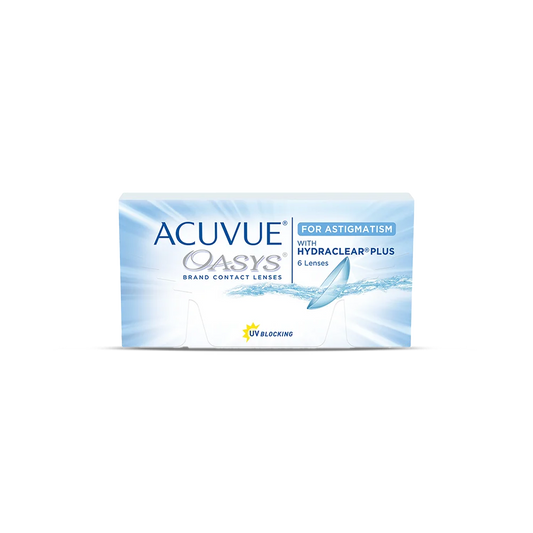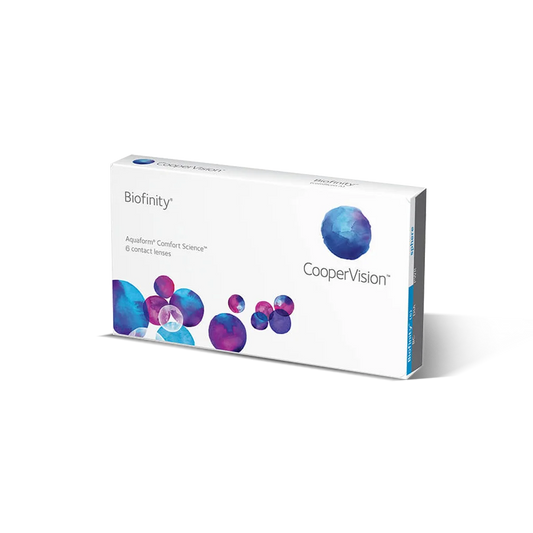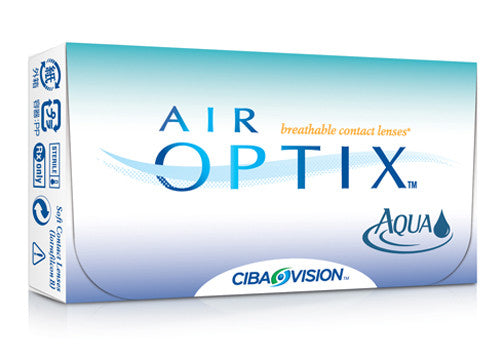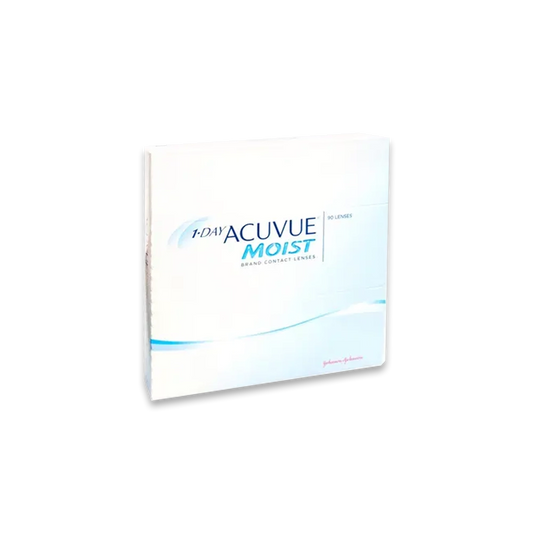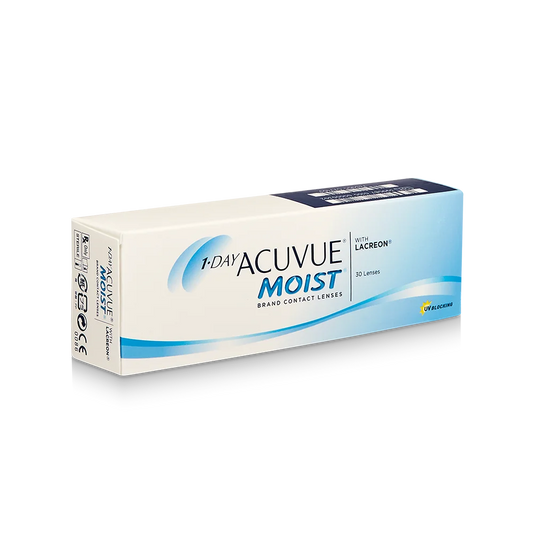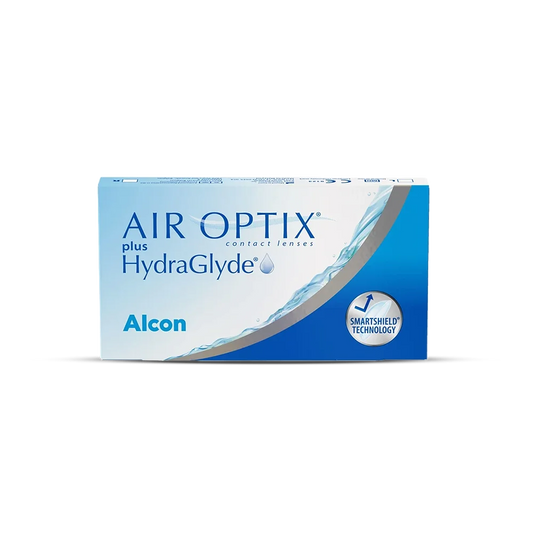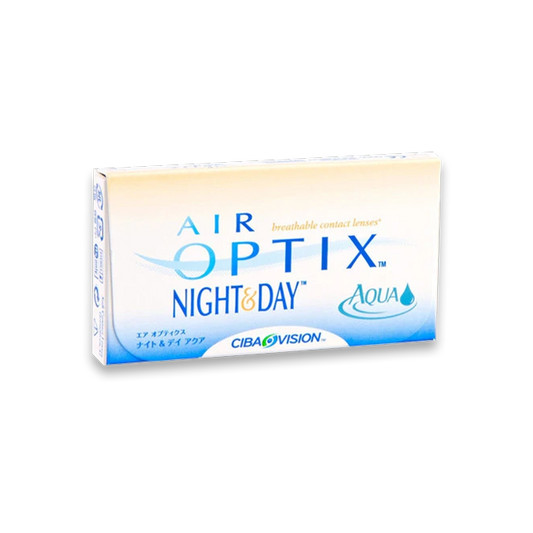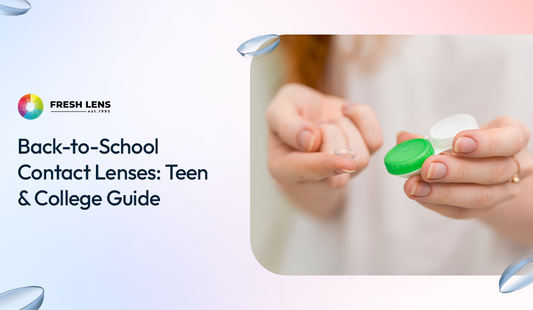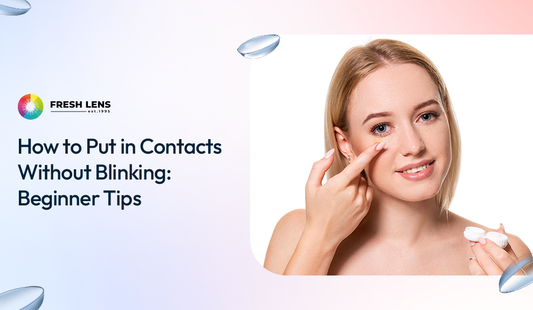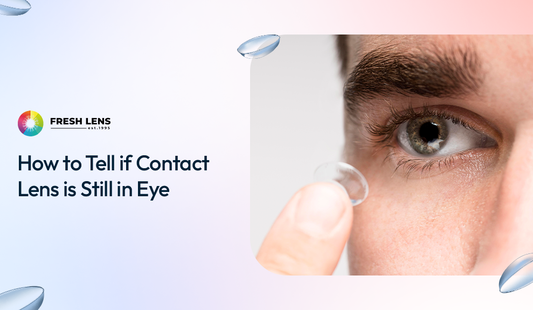
We’ve all been there: you open your drawer, spot an old blister pack of contacts, and think, “It’s probably fine for just one day.” Maybe your new box hasn’t arrived yet. Maybe you’re traveling. Or maybe you just don’t feel like wearing your glasses.
But here’s the truth: expired contact lenses are not harmless. They’re medical devices that sit directly on your eyes, one of the most delicate parts of your body. Ignoring expiration dates can expose you to infections, irritation, and even permanent vision damage.
This guide will explain what happens if you wear expired contacts, why those expiration dates matter, the risks involved, and, most importantly, how to keep your eyes safe.

What does “expired” mean for contact lenses?
Every pack has a date stamped on the foil, usually two to four years after production. That’s not random. The manufacturer guarantees that the lens inside is still sterile, flexible, and safe, if used before that date.
Lens materials break down
Most lenses are made from hydrogels or silicone hydrogels. These polymers stay moist and flexible by holding water. Over time, though, the structure weakens. An expired lens may feel brittle, less flexible, or slightly rough around the edges. That change makes them less comfortable and less breathable.
Packaging isn’t forever
Inside each blister pack, the lens floats in sterile saline solution. The seal keeps bacteria and fungi out, but only for so long. As the pack ages, preservatives break down and seals can weaken. Microbes can sneak in, even if the packaging looks fine. Once the solution is compromised, the lens is no longer sterile.
Prescription vs. product expiry
Don’t forget: your contact lens prescription also expires, usually every one to two years. Even if your lenses themselves aren’t expired, your prescription may be. Regular exams ensure your vision is up to date and your eyes are still healthy enough for contact lens wear.
Health risks of wearing expired contacts
Wearing expired contact lenses may not hurt right away, but the risks stack up quickly.
Bacterial and fungal infections
Expired lenses can harbor bacteria like Pseudomonas or fungi such as Candida. These organisms thrive in degraded solutions. If they reach your cornea, they can cause microbial keratitis, a painful and potentially blinding infection.
In the worst cases, ulcers form on the cornea. Untreated, these ulcers can scar and permanently reduce vision. Some rare microbes, like Acanthamoeba, are even harder to treat and can require months of therapy.
Corneal scratches and oxygen problems
A lens past its shelf life might not stay moist and smooth. It can develop tiny cracks or edges that scratch your cornea. Even small abrasions open the door for infections.
Old lenses can also lose oxygen permeability. Your cornea depends on oxygen from the air. A lens that blocks oxygen causes swelling, redness, and over time, new blood vessels growing into the cornea (a condition called neovascularization). That damages vision permanently.
Allergic reactions
Sometimes, the breakdown of lens material itself triggers a reaction. Expired polymers can irritate your eyes, leading to redness, itching, and watery discharge. Some people develop giant papillary conjunctivitis, with bumps forming under the eyelids. This condition can force you to stop wearing contacts altogether until it heals.
Identifying symptoms and signs of problems
Knowing the warning signs of expired lens complications helps you take action early. If you experience any of the following while wearing lenses, especially if they are old or expired, remove them immediately:
- Redness and irritation: Bloodshot eyes can signal infection or inflammation. If redness doesn’t improve after a few minutes of removing your lenses, something more serious may be at play.
- Itching or burning: A persistent urge to rub your eyes can indicate an allergic reaction or the presence of foreign particles on the lens.
- Blurred or hazy vision: If your vision suddenly becomes cloudy or fuzzy, your lens may be deteriorating, or debris may be trapped underneath.
- Pain or a scratchy feeling: Sharp discomfort suggests a corneal abrasion or ulcer. You might also feel as if there’s something stuck in your eye even after removing the lens.
- Unusual discharge or tearing: Excess tears, thick mucus, or pus indicate infection. Clear tears often accompany irritation, but yellow or green discharge is a red flag.
Never ignore these symptoms or attempt to “tough it out.” Ignoring discomfort can lead to serious complications. If symptoms persist after lens removal and gentle rinsing with sterile saline or artificial tears, contact your eye care professional immediately.
What to do if you accidentally wear expired contacts
Sometimes mistakes happen, you grab a blister pack, pop it in, and later realize it’s past its expiration date. If you find yourself in this situation, take these steps:
- Remove the lenses immediately: Even if your eyes feel okay, take the expired contacts out. It’s better to be safe than sorry.
- Discard the lenses properly: Don’t try to reuse or repackage them. Throw them away along with any other lenses from that expired batch.
- Rinse your eyes with artificial tears or sterile saline: Use preservative‑free artificial tears to flush away any potential contaminants. Do not use tap water or saliva, as they can introduce additional microorganisms.
- Monitor symptoms: Pay attention to redness, pain, blurred vision, or discharge over the next few hours. If you notice any of these, call your eye care provider right away. Bring the expired packaging with you to the appointment to help the doctor determine contamination risk.
- Schedule an eye exam if necessary: Even if you don’t experience immediate discomfort, it’s a good idea to inform your optometrist that you wore expired lenses. They may recommend an exam to ensure your cornea is healthy.
Avoid wearing contacts until your eyes feel normal again, and follow any treatment plan your eye doctor suggests. In severe cases, they may prescribe antibiotic or antifungal drops.
Preventing risks: checking and managing your contact lenses
How to Prevent Expired Lens Risks
The best protection is prevention. A few smart habits make a big difference.
Always check expiration dates
Before opening a new pack, glance at the printed date. If it’s past, don’t use it. Make a habit of organizing your supplies so you use the oldest boxes first.
Inspect packaging integrity
Don’t just trust the date. If the blister looks swollen, leaking, cloudy, or discolored, toss it. Even if it’s “in date,” a damaged seal means contamination risk.
Store lenses properly
Keep your supply in a cool, dry place away from sunlight. Avoid storing them in humid bathrooms, where seals may weaken faster.
Respect wear schedules
Daily disposables are for one day only. Biweekly lenses are for 14 days of wear. Monthly lenses last 30 days. Stretching schedules or ignoring replacement rules is just as risky as using expired packs.
Dispose safely
Never flush lenses down the sink or toilet; they break into microplastics. Throw them in the trash, or check for recycling programs through your provider. Many manufacturers partner with eco-friendly initiatives.
Debunking myths about expired contact lenses
Myth: It’s okay to use expired lenses “just once” if they’re unopened
Reality: Even a single use can introduce bacteria or fungi. The saline solution may no longer be sterile, and the lens material may have degraded. It’s not worth risking an infection for convenience.
Myth: If a lens looks fine and feels comfortable, it’s safe
Reality: Not all contaminants or material breakdowns are visible or immediately irritating. Some bacterial infections or corneal damage can develop silently until they become serious.
Myth: You can extend lens life by storing them in the refrigerator or in extra solution
Reality: Cold doesn’t stop degradation or contamination. Refrigeration can alter the lens material and packaging; storing lenses in solution for longer than intended invites bacterial growth. Always follow manufacturer instructions and replacement schedules.
Myth: Only the solution expires, not the lens itself
Reality: While the solution is a major factor, lens materials degrade too. A brittle lens can scratch your cornea or fail to transmit enough oxygen, leading to hypoxia and inflammation.
Conclusion: Protect your vision with smart choices
Wearing contact lenses should give you clear, comfortable vision, not health scares. But wearing expired contacts is a gamble you don’t want to take. From infections to corneal damage, the risks far outweigh the convenience.
- Protect your eyes by:
- Checking expiration dates.
- Respecting wear schedules.
- Storing lenses properly.
- Scheduling regular eye exams.
If you’re running low on lenses, resist the urge to dig out an old box. Instead, plan ahead by reordering before you run out or consider switching to daily disposables for convenience. Our Daily Disposable Contacts collection offers a wide variety of comfortable, fresh lenses that you can toss at the end of each day. For more long‑term options, explore the Monthly Contacts collection. And if you’re looking for colored lenses that are safe and modern, our Colored Contact Lenses are carefully regulated and backed by professional recommendations.
FAQ
Is it safe to wear contacts a few days past their expiration date?
No. Even a few days past expiry can mean compromised sterility. Don’t risk it, use fresh lenses.
Can expired lenses cause permanent damage?
Yes. Infections or scratches from degraded lenses can scar your cornea, leading to permanent vision loss if untreated.
How can I tell if the packaging is compromised?
Look for swelling, leaks, cloudiness, or faded printing. If in doubt, toss it.
What should I do if I feel pain after wearing expired lenses?
Remove them immediately, rinse with artificial tears, and call your eye doctor. Bring the packaging to your appointment.
Are there safe ways to extend the life of contacts?
No. Lenses should only be worn within their designed lifespan. If you struggle with replacements, consider switching to daily disposables for added convenience.














